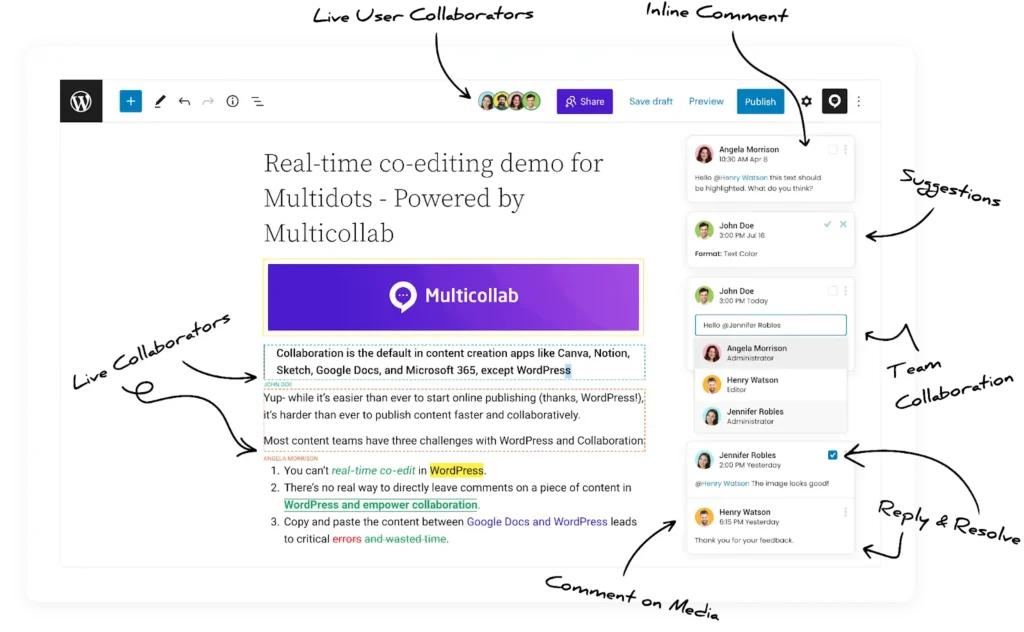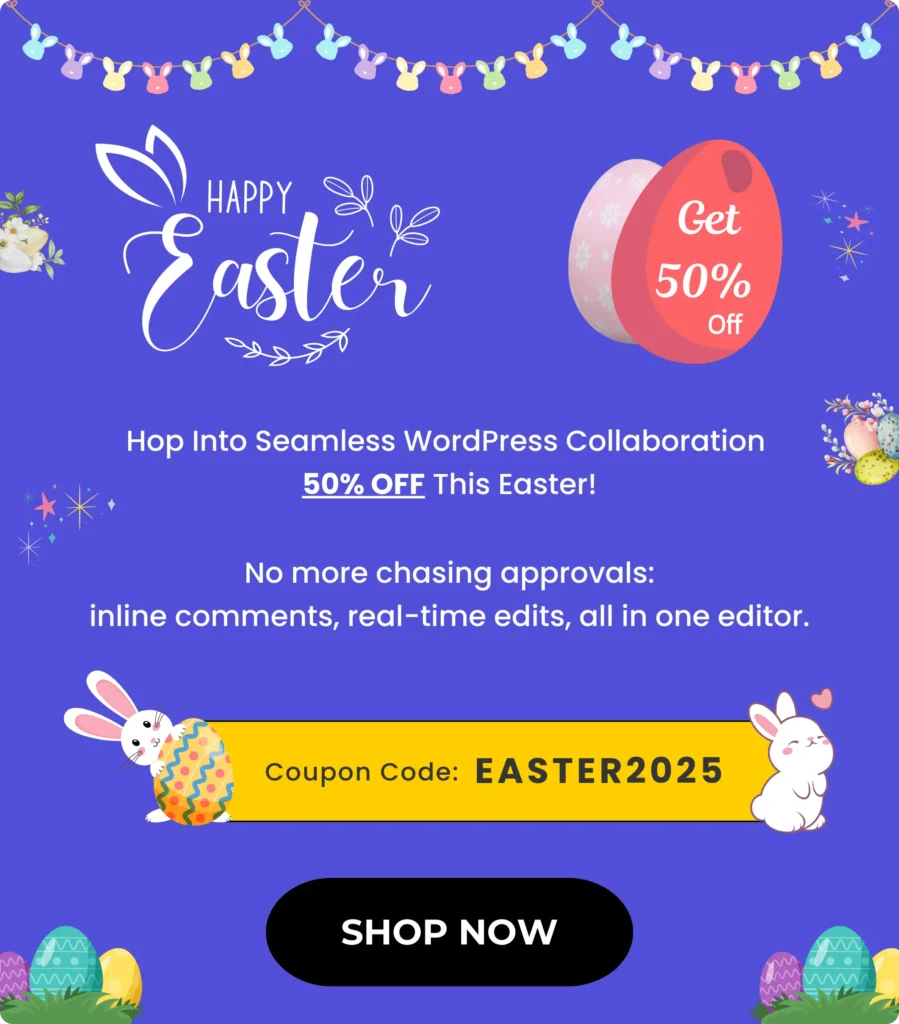Table of Contents
A well-crafted content strategy is crucial for every brand’s success. In fact, 62% of organizations that describe their content marketing approach as “very successful” have a documented content marketing strategy. However, many content professionals face challenges in creating effective strategies that drive meaningful results. This article will explore what a content strategy is, why your business needs one, and the key components to consider when developing a robust and effective content strategy.
Why a Content Strategy is Essential to Your Business
A content strategy is a comprehensive plan that involves the planning, creation, delivery, and governance of content to meet business objectives and audience needs. Content marketing campaigns are cost-effective, with expenses 62% lower than alternative campaign types.
Improved SEO: A well-defined content strategy can significantly enhance your search engine rankings. By consistently producing high-quality, relevant content that is optimized with the right keywords, your business can improve its visibility on search engines, driving more organic traffic to your website.
Enhanced Brand Authority: Consistent and valuable content positions your brand as an industry leader. When your audience sees your brand regularly publishing insightful and relevant content, they begin to trust your expertise, which enhances your brand authority and credibility.
Increased Lead Generation: Targeted content is a powerful tool for attracting and converting potential customers. By addressing the specific needs and pain points of your audience, you can guide them through the sales funnel, ultimately driving lead generation and boosting conversions.
Consistency in Messaging: A well-defined content strategy ensures consistent messaging across all channels. This consistency helps maintain a cohesive brand voice and message, which is crucial for building a strong brand identity. Inconsistent messaging can confuse your audience and dilute your brand’s impact. For example, a brand that sends mixed messages across different platforms can appear disorganized and unreliable, damaging its reputation.
Data-Driven Decision Making: A content strategy enables businesses to measure the effectiveness of their content efforts through metrics such as engagement rates, conversion rates, and traffic sources. This data-driven approach allows for continuous optimization and improvement, ensuring that your content marketing efforts are always aligned with your business goals.
Adaptability: An effective content strategy enables businesses to adapt to trends and consumer behaviors. Staying ahead through content innovation ensures your brand remains relevant and competitive in a constantly evolving market.
Enhanced Team Collaboration: A successful content strategy fosters effective team collaboration by providing a clear and aligned vision. When all team members understand the overarching goals and guidelines of the content strategy, it ensures a more coordinated and efficient workflow, leading to better content outcomes.
Understanding the Core Elements of a Dynamic Content Strategy
Kristina Halvorson, CEO of Brain Traffic and a leading voice in content strategy, aptly states, “Content strategy plans for the creation, publication, and governance of useful, usable content.” In essence, it defines what content will be published and why. The following sections outline the key elements crucial to crafting a successful content strategy.
1. Goals and Objectives
Aligning your content strategy with overarching business objectives is vital. Whether aiming to increase brand awareness, drive traffic, generate leads, or boost sales, your content should support broader marketing goals, including cohesive messaging.
Set specific, measurable objectives like improving SEO rankings, increasing engagement rates, or enhancing customer retention. For example, if your goal is to improve SEO rankings, focus on creating keyword-rich blog posts and informative guides. KPIs and metrics such as organic traffic, conversion rates, and social shares will help track the success of your content strategy, ensuring it remains effective and relevant.
2. Audience Persona
Understanding your audience is the cornerstone of a successful content strategy.
Gather relevant data using analytics tools, interviews, surveys, and market research to build accurate personas. This includes demographic information (age, gender, income, education level, location), psychographic information (interests, values, attitudes, lifestyle), and behavioral data (online behavior, purchase history, content consumption habits).
Analyze and segment your audience based on common characteristics and identify patterns that indicate their needs, challenges, and preferences. Create detailed personas with background, demographics, pain points, goals, and preferred content formats to ensure your content speaks directly to each persona’s needs and interests.
3. Brand Message and Tone
Establishing a consistent brand voice that reflects your company’s values and resonates with the target audience is crucial. Whether formal or conversational, it is important to identify your brand voice, and it should be clear and uniform across all content pieces.
Create messaging guidelines to ensure this consistency, especially when collaborating with various writers and team members. Building an emotional connection through content and utilizing brand storytelling effectively conveys your company’s mission, vision, and values.
4. Content Audit
Conducting a content audit involves evaluating existing content to identify what’s working and what’s not. This process helps find gaps in your current content library and opportunities for new content creation.
Use tools like Google Analytics for content performance analysis in terms of traffic, engagement, and conversions. This evaluation is critical to refining your content strategy and ensuring continuous improvement.
5. Content Types and Channels
Using diverse content formats such as blog posts, videos, infographics, podcasts, and eBooks is crucial. Short-form articles are particularly effective with marketers, with 31% saying short-form articles are the best-performing content format. The top 5 is made up of 4 written content formats:
- Video: 45%
- Short-form articles: 31%
- Success stories: 28%
- Long-form blog posts: 24%
- Case studies: 19%
Selecting the right distribution channels, like social media platforms, email newsletters, and the company website, is also important. For instance, 56% of marketers plan to increase their investment in TikTok next year. Ensuring consistent messaging across all channels and tailoring content to audience preferences and consumption habits enhances engagement and reach.
6. Idea Generation
Regular brainstorming sessions with the content team, using tools like Scapple for mind mapping, help generate fresh ideas. Audience feedback can inspire new content, while competitive analysis identifies trends and gaps that your content can fill.
Tools like BuzzSumo and Google Trends are useful for discovering trending topics. Embracing emerging industry trends, such as AI tools for content ideation, ensures the content strategy remains innovative and relevant. (71%) reported using AI tools to help with content ideation, such as brainstorming a list of keywords to target as part of their content marketing strategy.
7. Search Engine Optimization (SEO)
SEO is critical for making content discoverable and valuable to both search engines and users. Conducting keyword research using tools like Google Keyword Planner, SEMrush, or Ahrefs helps identify relevant keywords. Understanding user intent ensures content meets audience needs, whether informational, navigational, or transactional.
High-quality content that is well-optimized with keywords in titles, headings, meta descriptions, and throughout the body text is more likely to rank well. Regularly updating and refreshing content keeps it relevant, and technical SEO aspects like site structure, mobile optimization, and page speed further enhance performance. For more information, you can check out Multicollab’s comprehensive guide on content quality for SEO.
8. Calendar and Creation Process
An editorial calendar is crucial for planning and scheduling content in advance. It helps maintain a regular posting schedule, plan content around specific themes, and set clear deadlines and milestones. Proper resource management, including time management and team coordination, ensures that content is created quickly.
Assign tasks to team members to streamline the process. Quality control through editorial standards and workflow management tools like Asana or Trello ensures consistent, high-quality content.
9. Analytics
Tracking content performance using analytics tools is essential for making data-driven decisions to refine and improve the content strategy. Monitoring key metrics like page views, bounce rates, and time on page provides insights into what works and what doesn’t. Regular reporting helps share insights and progress with the content team and stakeholders, ensuring continuous optimization.
10. Governance
Establishing clear content guidelines maintains consistency and quality. Defining approval processes ensures all content meets the company’s standards before publication, while compliance with legal and regulatory requirements is crucial.
Clearly defined roles and responsibilities within the content team enhance efficiency and effective collaboration, ensuring the content strategy is executed smoothly.
Staying Ahead with Effective Collaboration
Effective collaboration is crucial for content marketing as it helps overcome common challenges content teams face, such as miscommunication, delays, fragmented feedback, and inconsistent content quality. By fostering a collaborative environment, content teams can streamline processes, improve content quality, and ensure timely delivery.
Introducing Multicollab, the best WordPress collaboration tool designed to address these challenges and enhance your content strategy execution. Multicollab’s features provide tangible benefits that solve these pain points.

Real-Time Collaboration
Multicollab enables real-time collaboration within WordPress, allowing team members to work together simultaneously and edit content together in real time. This reduces delays and ensures that everyone is on the same page, facilitating faster and more efficient content creation.
Inline Commenting
With Multicollab’s inline commenting feature, team members can add inline comments to any text or media in their blog post for review by others. They can select any text/media and add comments, just like in Google Docs. This streamlines the editorial process by allowing team members to comment directly on specific parts of the content, ensuring that feedback is contextual and actionable.
Custom Permissions
Custom permissions in Multicollab ensure that the right team members have appropriate access to the content. This maintains control and quality, especially when working with external collaborators. By assigning specific roles and permissions, you can safeguard your content while promoting effective teamwork.
Task Assignments and @Mentions
Task assignments and @mentions in Multicollab improve task distribution and communication within the team. By assigning tasks and tagging team members directly within the content, you can ensure that everyone knows their responsibilities and can address issues promptly.
Notifications
Multicollab keeps the team updated with notifications via Slack or email. These notifications ensure timely responses and keep everyone informed about updates and changes, which is essential for maintaining momentum and meeting deadlines.
By leveraging Multicollab’s powerful collaboration features, content teams can overcome common challenges and stay ahead in the competitive digital landscape.
Best Practices to Achieve Your Content Goals
Achieving content goals requires a strategic approach and advanced strategies. Here are actionable insights to help content professionals succeed:
Set Clear, Measurable Goals: Establish SMART (Specific, Measurable, Achievable, Relevant, Time-bound) goals. For example, aim to increase website traffic by 20% in six months. Clear goals provide direction and enable progress tracking.
Focus on Quality: Prioritize creating high-quality content that delivers value to your audience over sheer volume. High-quality content enhances engagement, boosts SEO, and builds brand authority.
Continuous Improvement: Regularly review content performance and make necessary adjustments. Use analytics to identify what works and optimize content based on insights. Continuous improvement ensures your strategy remains effective and relevant.
Continuous Learning: Stay updated with the latest industry trends and best practices by following blogs, attending webinars, and reading industry reports. Continuous learning helps you adapt to changes and incorporate new strategies into your content plan.
Outsourcing: Consider outsourcing parts of your content marketing strategy if your team lacks time. Over 90% outsource at least some of their content marketing strategy. While it doesn’t guarantee higher success, it can help manage workloads effectively. Multicollab can assist by allowing custom permissions to manage commenting and suggestions, ensuring efficient collaboration and maintaining content quality.
Take the Next Step in Content Strategy Mastery
With 43% of businesses working towards improving their content quality, focusing on your content strategy is a simple and effective way to enhance your marketing efforts. A solid content strategy is crucial for achieving business success, whether your goals are increasing brand awareness, driving traffic, generating leads, or boosting sales. Continuously reviewing and improving your content strategy ensures you stay competitive and adapt to changing market trends.
Advanced tools and innovative practices can give you a significant edge. Integrating Multicollab into your workflow can greatly enhance collaboration. Its features, such as real-time collaboration, inline commenting, and tagging, streamline the content creation process, ensuring efficiency and quality.
Take your content strategy to the next level – explore Multicollab today and see how it can transform your content creation efforts.







